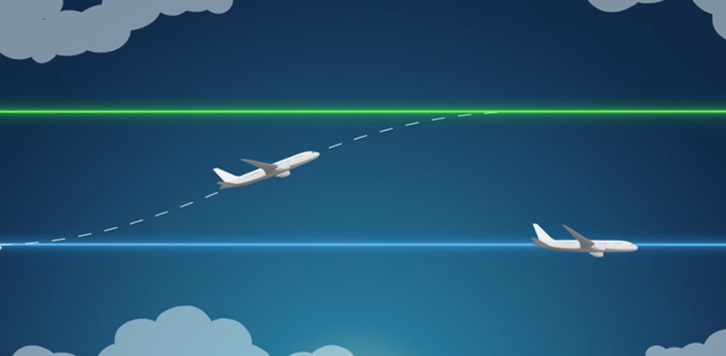Florida Ultra-High Airspace
Florida’s skies are busier than ever, with thousands of flights converging on the Sunshine State each day. To safely and efficiently handle this demand, the FAA introduced a new ultra-high airspace this spring, covering northern Florida and parts of the Southeast.
Early Wins
Since launching, the new structure has already delivered major improvements:
- Fewer delays and smoother traffic flow for travelers.
- More available airspace through the Florida Panhandle and Gulf of America.
- Reduced congestion for aircraft traveling to and from Florida, as well as those passing through the region.
- Better use of underutilized airspace, which helps minimize departure delays at busy airports in central and southern Florida.
How It Works

Previously, one controller managed all high-altitude flights in this area, which often led to congestion, especially during bad weather. Now, the airspace is divided into three “ultra-high” sectors, each worked by separate controllers at the Jacksonville Air Route Traffic Control Center (ARTCC):
- Sector 21 – Flight Level (FL) 350 and above (35,000 feet)
- Sector 31 – FL370 and above (37,000 feet)
- Sector 32 – FL370 and above (37,000 feet)
This division allows multiple controllers to manage traffic simultaneously. Aircraft traveling long distances, such as overflights headed to the Caribbean, can remain at higher altitudes, while planes descending into Florida airports move through lower levels. This layered approach increases capacity, improves safety and reduces delays.
Traffic Management Benefits

The new sectors also make it easier to use Traffic Management Initiatives. TMIs are measures that balance air traffic demand with available capacity. TMIs are often needed during bad weather, space launches, or other high-demand situations, and can sometimes cause delays. With the flexibility of ultra-high sectors, controllers can now be more strategic, isolating congested areas without impacting the entire system.
In addition, techniques like capping and tunneling help make better use of an underutilized airspace. Capping keeps an aircraft below a certain altitude to ensure safe separation from other flights, while tunneling holds an aircraft at a higher altitude so it can pass above busy lower-level traffic before descending. These methods have already helped minimize departure delays at airports in Central and South Florida.
Together, the new sectors and these techniques increase efficiency, reduce delays, and optimize the use of available airspace.
The Bigger Picture

The addition of ultra-high sectors is part of a broader FAA strategy to modernize and improve the National Airspace System. By working closely with industry partners and stakeholders, the FAA continues to implement innovative solutions that keep flights safe, efficient and on time—even when weather or other challenges arise.
Watch our explainer video to learn more about how ultra-high airspace is keeping Florida’s skies moving safely and efficiently.
